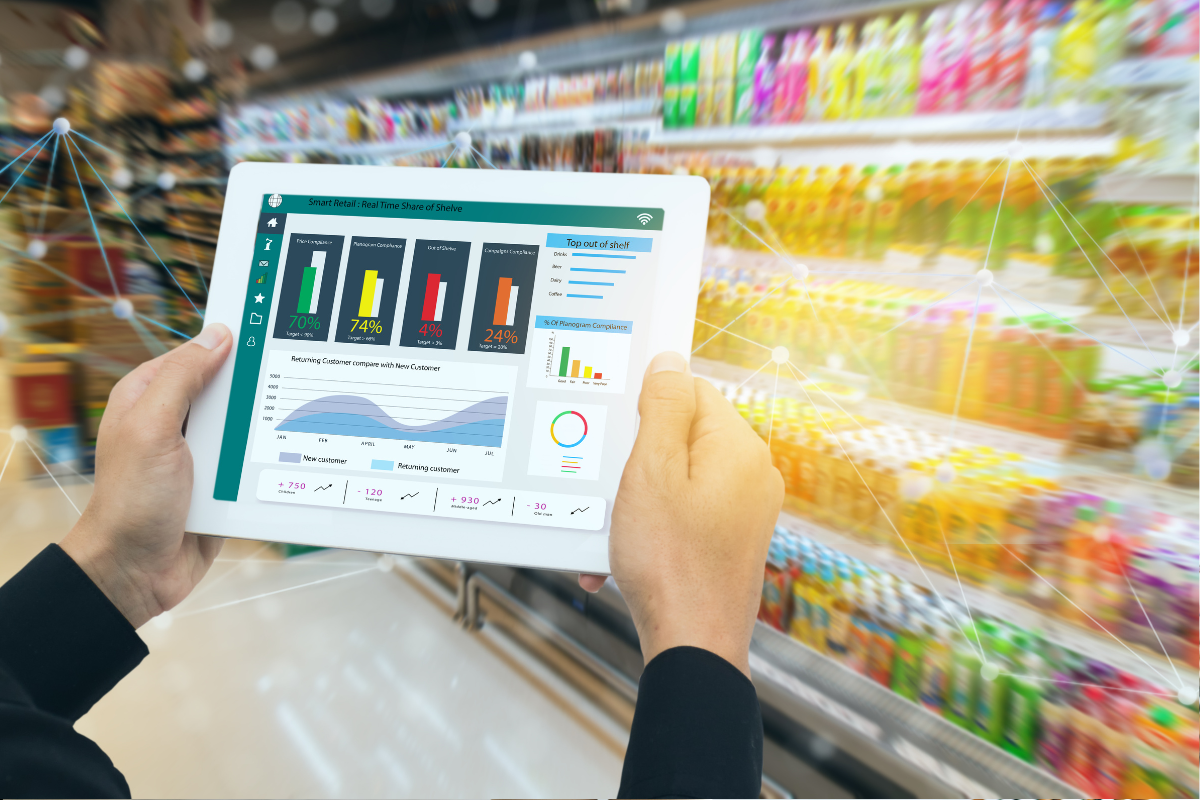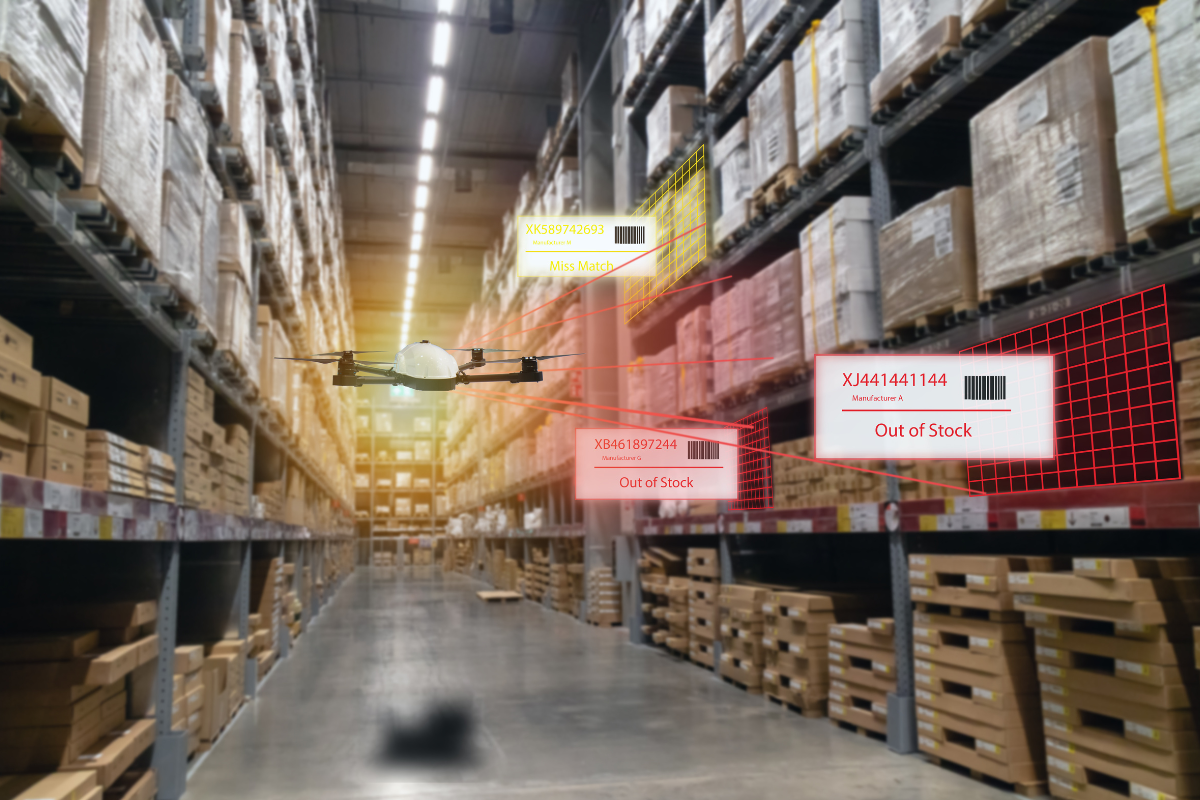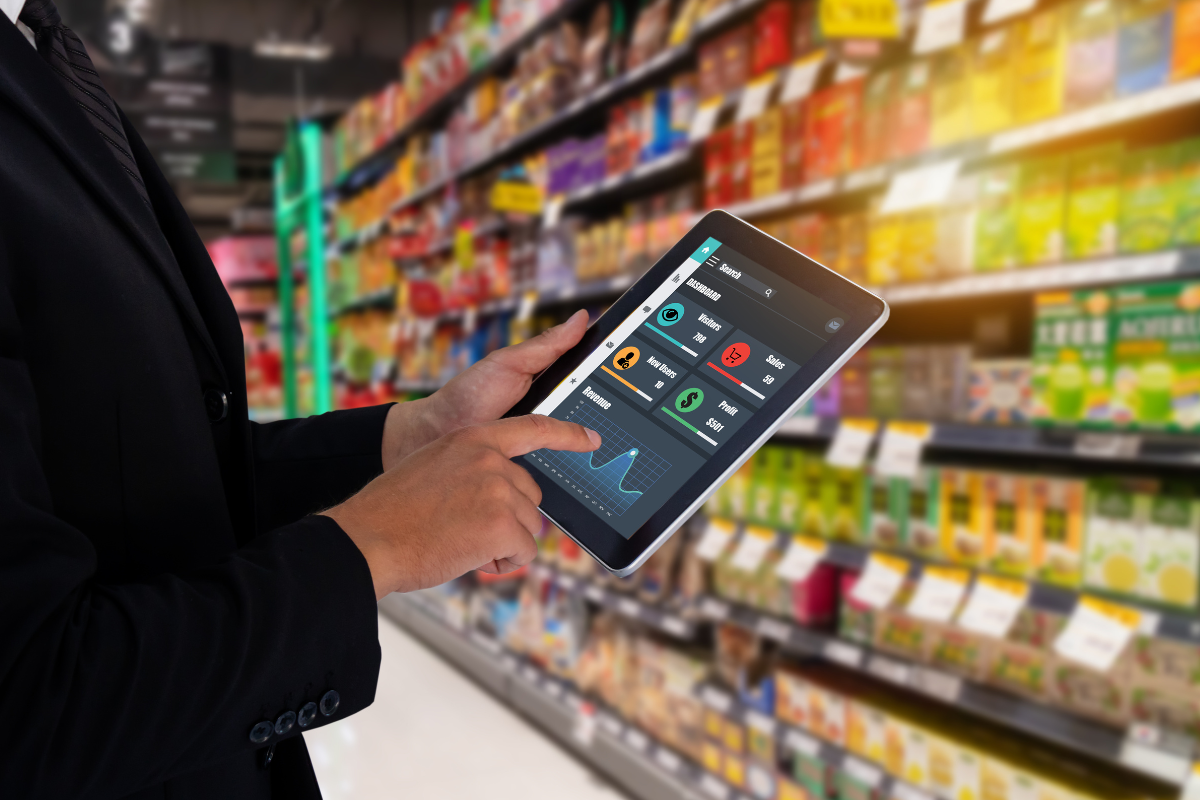Planogram Compliance And Performance Tracking
Posts by Alan TaylorSeptember 14, 2023
Planograms, visual representations of product placement, and store layout help retailers achieve optimal sales performance, customer satisfaction, and operational efficiency.
However, these desired outcomes may not be realized without proper planogram compliance.
This article explores the significance of planogram compliance, key performance indicators (KPIs), and the use of planogram compliance software in a straightforward manner.
Understanding Planogram Compliance
Planogram compliance refers to adherence to the specifications outlined in the planogram.
It measures how closely stores follow the optimal layout, assortment, and space allocation detailed in the planogram.
High planogram compliance ensures that products are displayed effectively, maximizing sales potential and customer satisfaction.
On the other hand, low compliance can lead to deviations, errors, and omissions that negatively impact sales performance and the overall shopping experience.
To evaluate planogram compliance, retailers often calculate the compliance rate. This can be done by dividing the number of compliant stores by the total number of stores and multiplying by 100.
Planogram software and audits are valuable tools for assessing compliance rates at various levels, including store, category, and SKU.

The Impact of Planogram Compliance
Planogram compliance significantly influences retail performance. By adhering to planogram specifications, retailers can reap several benefits, including:
Increased Sales and Profitability
One of the most compelling reasons to prioritize planogram compliance is its direct impact on sales and profitability.
According to a report by the Shopper Technology Institute, planogram compliance increases retail profits by an impressive 8.1%.
By effectively organizing products and optimizing their placement, retailers can enhance product visibility, attract customers, and encourage purchases.
Compliance ensures that the right products are in the right place at the right time, leading to improved sales and revenue.
Enhanced Customer Satisfaction
Planogram compliance plays a vital role in creating a positive shopping experience for customers.
By following planogram guidelines, retailers can ensure that products are easy to find, properly categorized, and aesthetically pleasing.
This improves customer satisfaction by reducing search time, providing a seamless shopping experience, and enhancing overall convenience.
Satisfied customers are more likely to make repeat purchases, recommend the store to others, and contribute to positive word-of-mouth marketing.
Operational Efficiency
Efficient store operations are crucial for maintaining profitability and minimizing costs.
Planogram compliance contributes to operational efficiency by streamlining processes such as restocking, inventory management, and replenishment.
With compliant planograms, retailers can accurately track product availability, reduce out-of-stock situations, and optimize inventory levels.
This leads to improved inventory turnover, reduced wastage, and better utilization of shelf space.
Key Performance Indicators (KPIs) For Planogram Compliance
To measure and evaluate the effectiveness of planograms, retailers rely on key performance indicators (KPIs).
These KPIs provide valuable insights into the impact of planogram compliance on various aspects of retail performance.
Let’s explore some of the most important KPIs for planogram compliance:
Compliance Rate
The compliance rate is a key performance indicator for planogram compliance, measuring the percentage of stores that adhere to the planogram specifications.
A high compliance rate indicates optimal product display, while a low rate can negatively impact sales and customer satisfaction.
Retailers can calculate compliance rate by dividing compliant stores by the total and multiplying by 100.
Sales Per Linear Foot
Sales per linear foot is a crucial metric for evaluating planogram productivity and profitability.
It measures revenue generated per foot of shelf space allocated to a product category, helping retailers optimize merchandising strategies, allocate shelf space effectively, and make data-driven pricing, promotion, and product assortment decisions.
Out-of-Stock Rate
The out-of-stock rate is a crucial KPI for evaluating planogram compliance.

It measures the frequency of product unavailability, indicating missed sales opportunities, customer dissatisfaction, and inefficient shelf space utilization.
Retailers can calculate the out-of-stock rate by dividing the number of out-of-stock products by the total number of products on the planogram and multiplying by 100.
Customer Satisfaction
Customer satisfaction is a key performance indicator for evaluating planogram compliance success.
Measuring factors such as product quality, variety, availability, price, and presentation through surveys, feedback forms, reviews, ratings, or loyalty programs can help retailers gauge the effectiveness of their planograms in meeting customer expectations.
High customer satisfaction leads to increased repeat purchases, positive word-of-mouth, and enhanced brand reputation.
How Planogram Software Can Improve Planogram Compliance
Retailers can leverage planogram compliance software to ensure accurate and efficient planogram compliance compliance.
This innovative technology empowers retailers with advanced features and capabilities to streamline planogram management and execution.
Here are some key benefits of utilizing planogram compliance software:
Accurate Visualization and Design
Planogram software helps retailers design visually appealing product placement and store layouts with user-friendly interfaces and advanced visualization tools.
It optimizes product visibility, customer navigation, and store aesthetics and sets the foundation for effective merchandising strategies.
Efficient Planogram Updates and Revisions
Planogram compliance software simplifies updating and revising planograms by allowing retailers to quickly add new SKUs, modify placement, and adjust space allocation.
This ensures planograms remain up-to-date and meet company standards. By streamlining updates, retailers can respond quickly to market trends, product launches, and changing customer preferences.
Streamlined Store Communication
Planogram compliance software centralizes sharing planograms, guidelines, and updates and includes built-in communication features.
This facilitates easy communication of planogram expectations, changes, and performance feedback to store managers and staff, promoting clarity, consistency, and accountability throughout the organization and improving planogram compliance.

Real-time Performance Tracking and Analysis
Planogram software tracks performance in real-time and offers analysis capabilities. Retailers can monitor store, category, and SKU-level compliance with custom reports and analytics tools.
Detailed metrics, such as compliance rates, sales per linear ft, and out-of-stock rates, offer insights for data-driven decision-making and merchandising strategy optimization.
Real-time data enables retailers to proactively address compliance issues, improve operational efficiency, and maximize sales potential.
Integration with Inventory Management Systems
Planogram compliance software integrates with inventory management systems to help retailers track stock levels, monitor product availability, and optimize replenishment processes.
By aligning planogram compliance with inventory management, retailers can reduce out-of-stock situations, minimize overstocking, and ensure efficient shelf replenishment.
This integration improves efficiency, customer satisfaction, and sales opportunities.
Conclusion
Planogram compliance can increase sales, improve customer satisfaction, and increase efficiency.
Key performance indicators such as compliance rate, sales per linear foot, out-of-stock rate, customer satisfaction, and conversion rate provide valuable insights.
Planogram compliance software offers advanced tools to manage planograms, communicate, and track performance. Leveraging AI, VR, and AR can create exceptional shopping experiences.
Making planogram compliance integral to retail strategy helps businesses stay competitive and achieve outstanding results.
